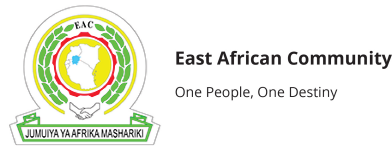Regional Land Policy Development
The Declaration on Land Issues and Challenges in Africa, endorsed by the African Union (AU) 13th Ordinary Session of Heads of State and Government, held in Sirte, Libya in July 2009, invites Regional Economic Communities (RECs) to convene periodic regional platforms to facilitate experience sharing, lesson learning, and dissemination of best practices in land policy formulation, implementation, and monitoring based on Member States experiences. It further invites RECs to capture and address issues of land policies within their respective common agricultural policy framework.
